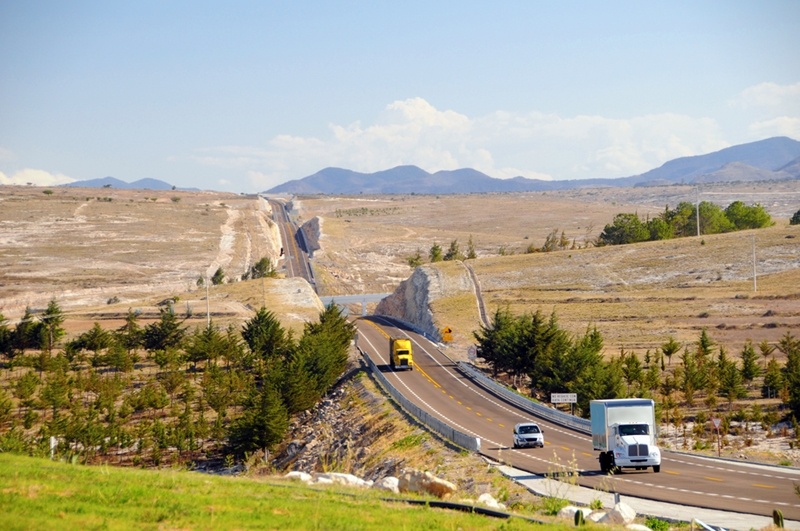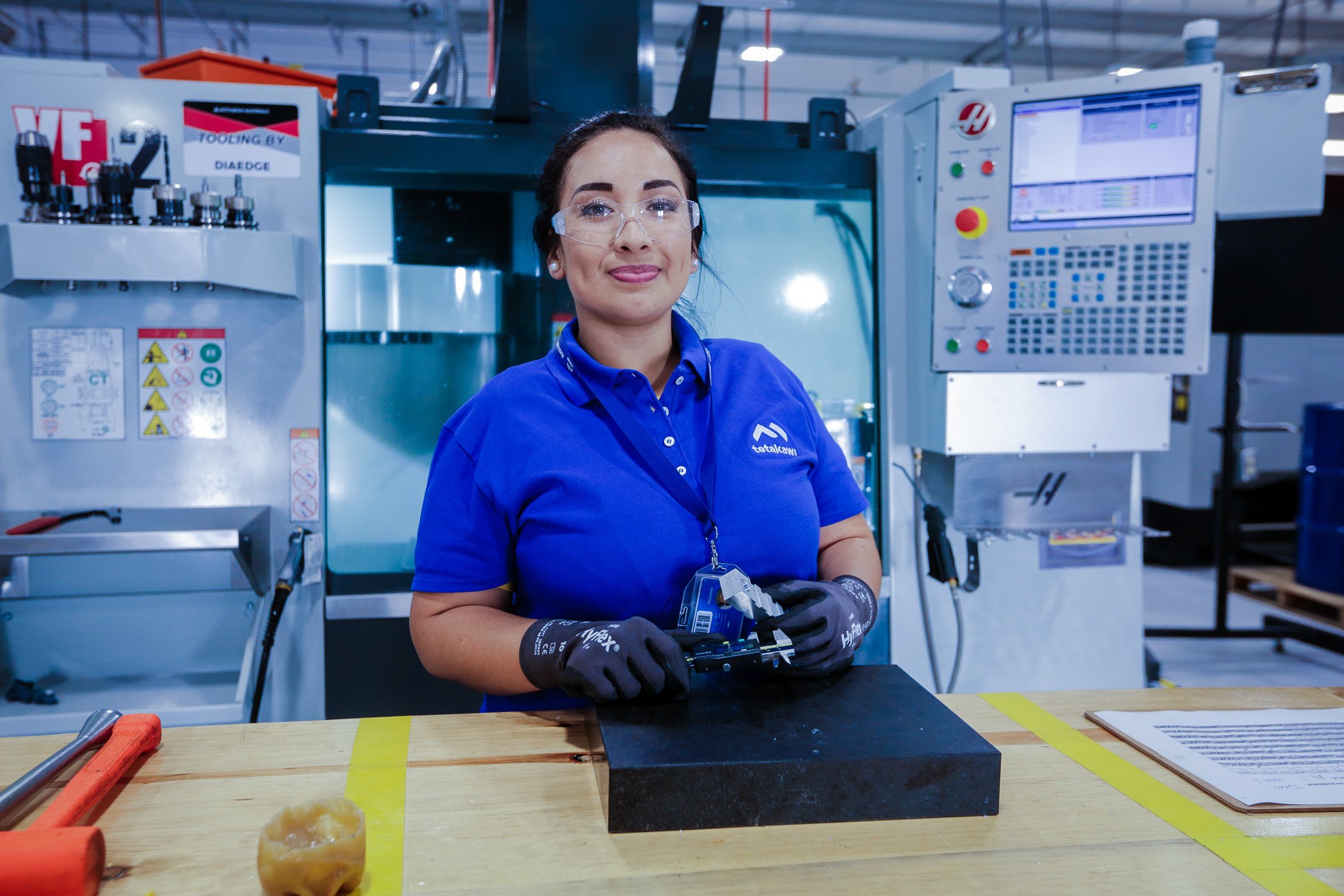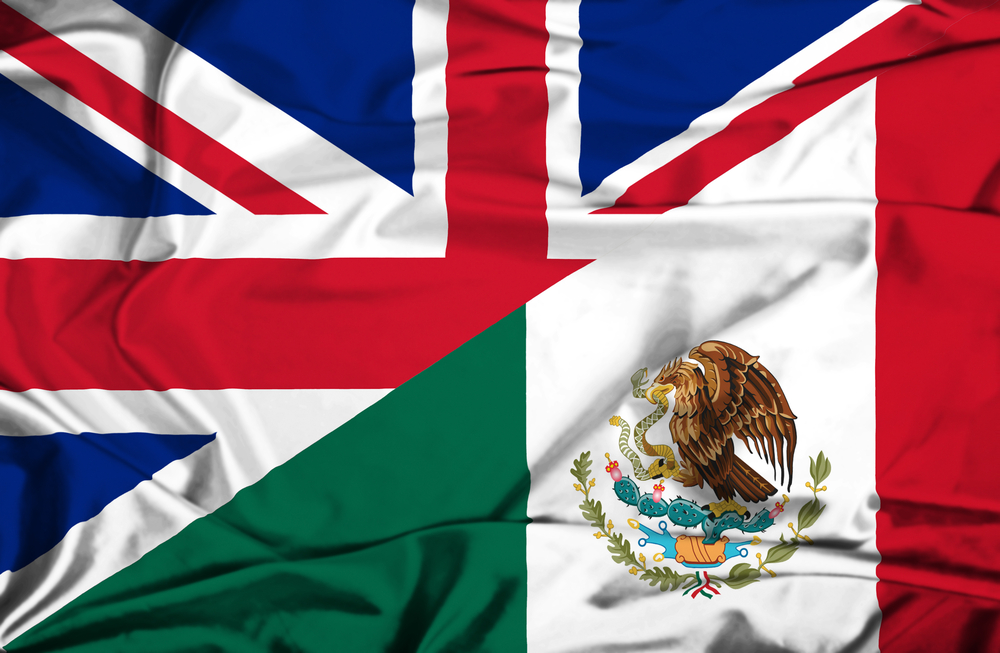Ever since the the Border Industrialization Program (aka the Maquiladora Program) was launched in Mexico in the 1960s, situating manufacturing operations right along the Mexico-U.S. border has become an increasingly popular option for foreign companies. The maquiladoras first emerged in the wake of the end of the Bracero Program, an agreement between Mexico and the U.S., taking in the large populations of workers who had migrated to that border in previous decades. Subsequently, the ratification of NAFTA in the 1990s led to the privatization of many old state firms, the reorientation of Mexico's economy around imports and exports and the accelerated buildup of border towns such as Ciudad Juarez, Mexicali and Tijuana.
There are undoubtedly distinctive benefits to setting up shop in these specific locales and similar ones, especially for U.S.-based firms operating out of nearby states like California, Arizona and Texas. However, there are limitations as well, sometimes to such an extent that selecting a location farther in the interior of Mexico may be a superior option. Indeed, interior cities such as Saltillo and Guadalajara can confer similar benefits while still offering easy connections to U.S. ports. There are some respective pros and cons of border maquiladoras and interior sites to consider when planning to set up an operation in Mexico; manufacturing infrastructure, safety, labor skills, and supply chain proximity are just a few.
Staying up North Near the U.S.-Mexico Border: Advantages and Disadvantages
Companies may seek a border location for several common reasons:
- Transportation and distance: Shipping products between Mexico and the U.S. creates costs that manufacturers must account for. Large, complex goods can be particularly costly to move out of the interior of the country via truck, which leads many firms to minimize transit distances by picking a border site.
- Safety and security: Organizations contemplating a move to Mexico are sometimes conscious of venturing far into the interior due to perceived security issues related to crime. However, fewer than 20 percent of companies surveyed by AlixPartners in 2012 had reported any supply chain disruptions as a result of criminal activity.
- Supporting infrastructure: Manufacturers may gravitate to border towns because of their proximity to the U.S., presence of customs offices and characteristics of the local workforce. Maquiladoras specifically may offer amenities such as free lunch in order to drive down absenteeism and turnover.
All of these considerations reveal the possible benefits of manufacturing along the U.S. - Mexico border. In an ideal situation, operating out of a border city provides simplified logistics, a streamlined supply chain and low relative costs thanks in part to short distances between facilities and the U.S. market.
 Transportation infrastructure is an important consideration for any site in Mexico.
Transportation infrastructure is an important consideration for any site in Mexico.At the same time, there are definite drawbacks to selecting one of these locations for manufacturing. For starters, turnover is relatively high in the north, despite the various measures that plant operators have instituted (e.g., expanded employee benefits) to retain workers. Monthly turnover rates can range up to 15 percent at border maquiladoras, while absenteeism can also reach into the double digits at 12 percent. Both figures are higher than the corresponding numbers for the interior. They may be caused by workers returning home to the interior or crossing into the U.S. The closeness to the U.S. and the large "floating population" between the two countries can also contribute to some types of local crime, such as drug trafficking.
Pros and Cons of Selecting a Manufacturing Site in the Interior of Mexico
Interior states and cities in Mexico have benefited from increased economic investment for several decades now, as a result of revised regulatory guidelines designed to shift plant development away from congested border locations as well as from dense northern commercial centers such as Monterrey. At least 10 percent of maquilas were already established in the less developed interior by the early 1980s , according to a 1997 study included in the tract "Mexican Banking and Investment in Transition," and the share has likely increased since that time.
Basing a manufacturing operation in the interior now has more advantages than ever before:
- Transportation infrastructure: Interior sites such as Saltillo in the northwestern state of Coahuila (to pick just one example) are well-connected to the rest of Mexico, the U.S. and the world. Saltillo is only 50 miles from the Monterrey International Airport, which connects not only to Mexico City and other airports in the country but also to Dallas and Houston and to international cargo services. The national railway network and NAFTA Highway are both readily accessible from Saltillo as well.
- Relatively low turnover and absenteeism: Labor in the interior generally has less turnover than its counterpart at the border maquiladoras. Monthly turnover and absenteeism is usually in the low single digits, even though facilities here may not offer the same level of amenities as those situated at the border. Workers here may be closer to home, unlike ones who moved to the north for employment.
- High education levels: Many of Mexico's major educational institutions are located in the interior, which leads to a high per capita level of professions like engineers in these locales. For example, the Guadalajara metro area alone includes more than 20 universities offering courses in IT and other tech. Supported by government funds, these educational programs help enhance the competitiveness of manufacturing in the interior.
- Specialized economies: Whereas border cities are often regarded by foreign firms as leaders in product manufacturing, the interior of Mexico is home to diversified economies that are ideal fits for firms looking to make anything from a car to aerospace equipment. Over the years, traditional exports such as clothing have declined while more complex ones such as automotive parts and electronics have increased.
Interior sites have drawbacks, of course. They are still far from the U.S. border, and as such businesses may be reticent to set up shop in them due to perceptions of possible added complexity in their supply chains, more costly transportation and/or exposure to crime. In practice, it is less clear than these imagined risks are notably tangible issues.
"Basing a manufacturing operation in the interior now has more advantages than ever before."
Regardless of whether border maquiladora or an interior location is selected, businesses can gain many benefits from choosing Mexico and working with a partner that has deep experience in business portability. Mexico has excellent infrastructure, many free trade agreements and a growing economy.
Subscribe
Sign up and stay informed with tips, updates, and best practices for manufacturing in Mexico.






